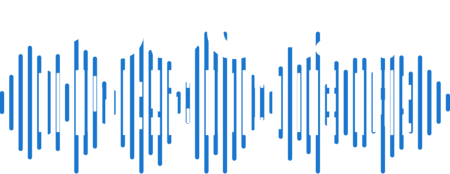Over the years, we’ve heard from many customers who are confused about the difference between the analytics reported by their website host and their podcast statistics.
Take it from us: the difference is pretty huge.
Media podcast statistics measure media downloads, whether they happen in a browser or elsewhere: desktop, smartphone, tablet or cloud-based applications. Web analytics, on the other hand, measure interaction with a website through a browser. While website statistics can be a useful tool to help you understand your audience’s behavior, they don’t give you an accurate read of your podcast’s popularity. A page load or a unique visitor does not equate to a podcast play or download, and most of your website viewers are not going to play or download your media on every page load or visit.
In that same vein, it’s important to realize that on average, only 10 percent of a podcast’s downloads come from web browsers. Some 90% of downloads originate from podcast-specific applications like iTunes, Stitcher, or Google Play, and your website’s statistics won’t tell you anything about those downloads. The best way to get accurate, applicable information about your podcast’s listeners is by using media download statistics such as Blubrry Media Statistics, which measures every download separately, calculates daily and monthly trends, and gathers client, platform and geographic information.
Is it possible to measure subscribers? Not really. Some services offer up RSS feed statistics, but remember: those feed statistics are often no better than a hit counter to tell you how many times the page has been loaded. In fact, RSS feeds are often hit by bots and other automated scripts from podcast apps on a pre-scheduled basis, and unless you filter out duplicates and the bots, you end up with a number that in no way represents actual subscribers.
All that said, web statistics can be a useful part of the big picture! Your website analytics are great at measuring audience engagement. Even though your podcast can be played from a variety of locations that are convenient to your individual listeners, you should always be encouraging your audience to interact with you on your own turf: your podcast website. That gives you the ability to connect and engage with listeners on a deeper level, keep tabs on who your most loyal listeners are, and provide your advertisers with more value.
For more about the difference between media podcast statistics and Web analytics as well as how to make the most of each, check out our Podcasting Manual.





